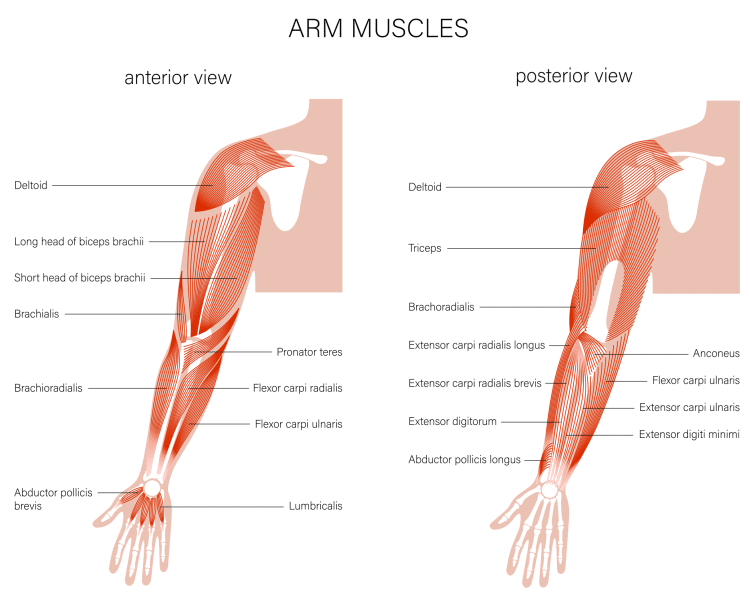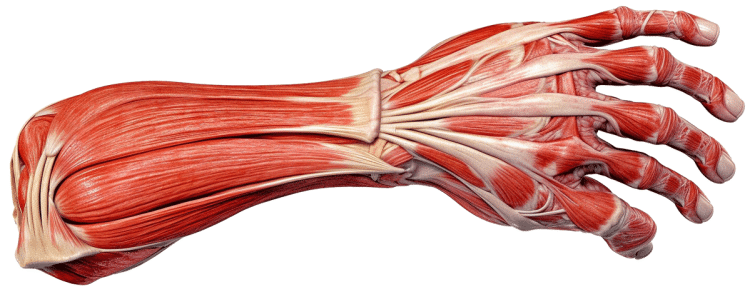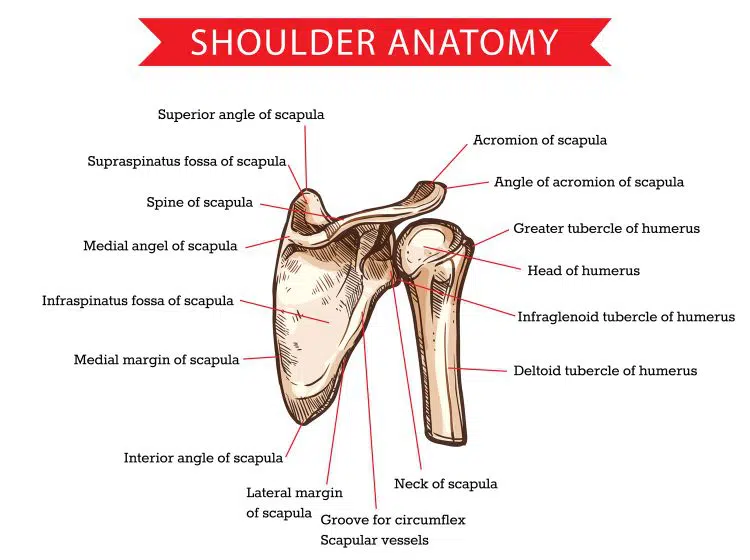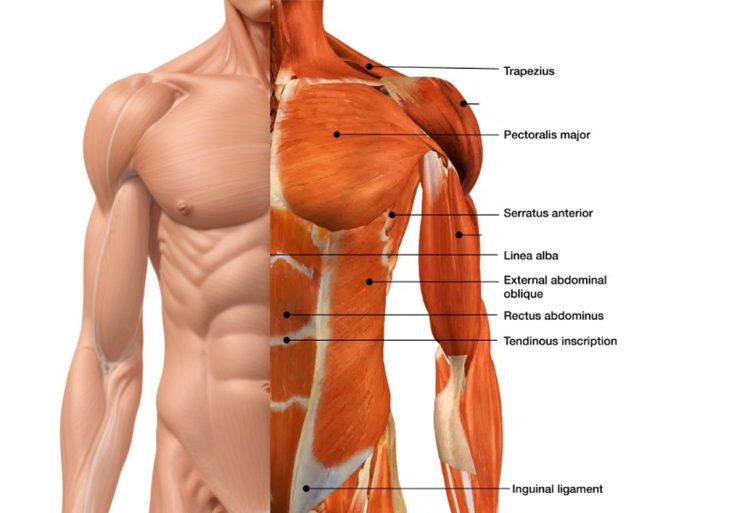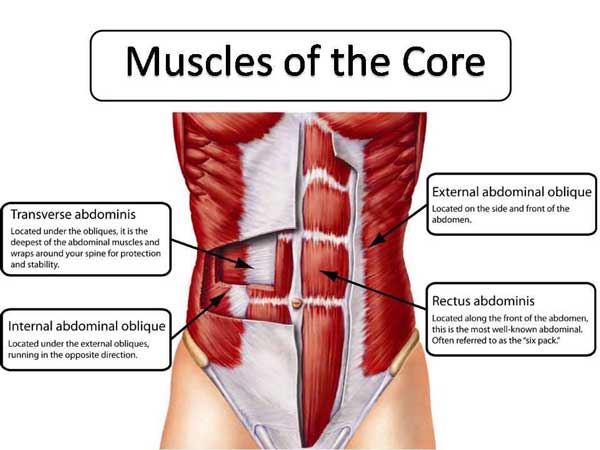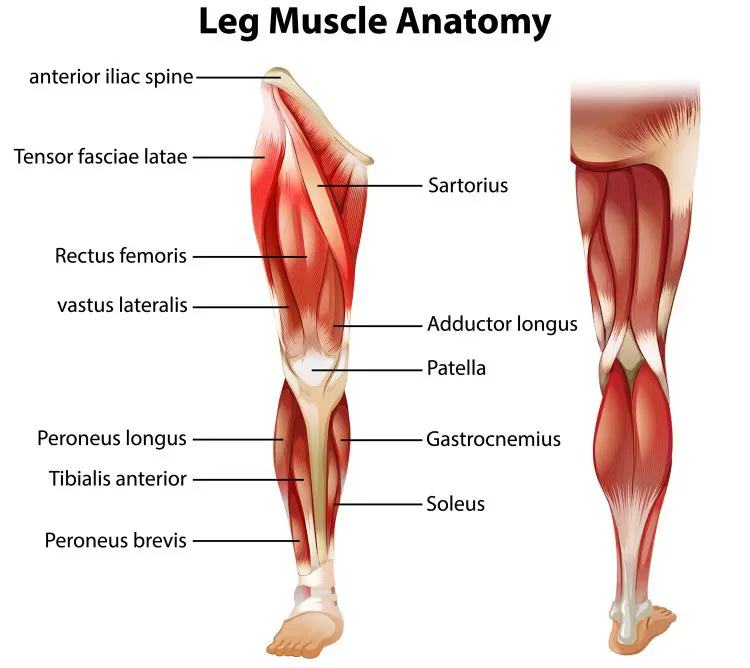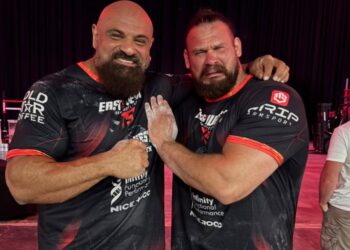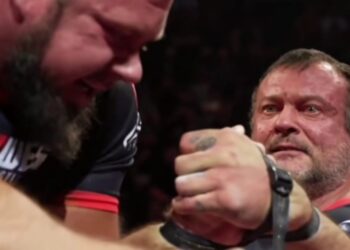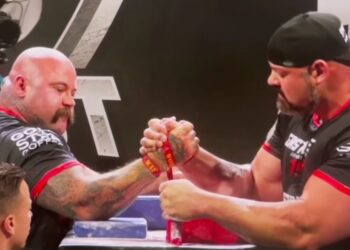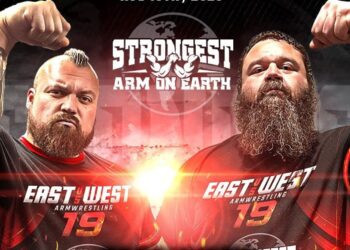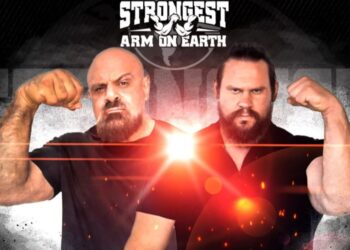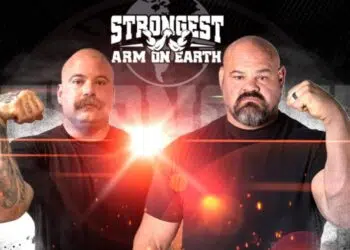I’ve been helping people get fit for sport for over three decades. As a veteran personal trainer, I’ve worked with athletes from many sports, including powerlifting, Olympic weightlifting, bodybuilding, long-distance running, CrossFit, MMA, cycling, triathlon, rugby, and rock climbing. I’ve even worked with dancers!
In some cases, I’ve done these sports myself, so I base my recommendations on personal experience. However, in other cases, I have no prior knowledge of my client’s activity. In these situations, I must rely on my extensive anatomy and physiology knowledge and use it to analyze the sport in question.
Things I must consider include:
- Major and minor muscles
- Movement pattern and plane
- Joint actions
- Flexibility and mobility requirements
- Dominant energy system
- Balance and skill requirements
- Common injuries
Once I’ve got answers for all these categories, I can use my knowledge to design a training plan.
With that in mind, I’ve recently started working with a novice arm wrestler, and while I’ve done some informal armwrestling, it’s not a sport I’ve ever taken seriously. Needless to say, my research quickly revealed that there is a lot more to armwrestling than meets the eye, and winning requires much more than a strong arm!
In this article, I peel back the layers and explore the muscles used in arm wrestling.
Level Up Your Fitness: Join our 💪 strong community in Fitness Volt Newsletter. Get daily inspiration, expert-backed workouts, nutrition tips, the latest in strength sports, and the support you need to reach your goals. Subscribe for free!
Upper Arm Muscles Used in Arm Wrestling
As you’ve probably guessed, the upper arm muscles are the driving force in arm wrestling, providing much of the force you need to overpower and pin your opponent. It’s no coincidence that arm wrestlers usually have massive upper arms.
Biceps Brachii
Known as the biceps for short, this is the two-headed muscle located in the front of your upper arm. The biceps primary function is elbow flexion and preventing elbow extension. However, it also supinates the wrist, meaning to turn your palm up. The biceps are also a weak shoulder flexor.
Role in arm wrestling: Pulling your opponent’s hand toward you and preventing them from doing the same to you. You also use your biceps to twist your opponent’s wrist (1). Stronger biceps could also help reduce your risk of one of the most common arm-wrestling injuries – spiral humeral fractures (2).
Brachialis
Located beneath the biceps, the brachialis is another elbow flexor. It is actually more powerful than the biceps despite its smaller size. As such, it is a critical muscle for successful arm wrestling.
Role in arm wrestling: Pulling your opponent’s hand toward you and preventing them from doing the same to you.
Brachioradialis
The brachioradialis works with your biceps, assisting in elbow flexion and forearm pronation. It’s located toward the top of your forearm but crosses the elbow joint.
Role in arm wrestling: Pulling your opponent’s hand toward you and preventing them from doing the same to you. You also use your biceps to twist your opponent’s wrist.
Triceps Brachii
Located on the back of your upper arm, the triceps is a three-headed muscle mainly responsible for elbow extension. It’s also involved in shoulder extension.
Role in arm wrestling: The triceps mainly act as an elbow and shoulder stabilizer. However, you may also use your triceps to push your opponent’s hand toward them.
Related: Armwrestling Champions: Their Legacies and Signature Techniques
Forearm Muscles Used in Arm Wrestling
The forearm muscles play a crucial role in wrist stability, grip, and rotation in arm wrestling. Strong forearms will enable you to manipulate your opponent’s wrist to maximize leverage, literally gaining the upper hand in your match.
Pronator Teres
Located on the forearm, the pronator teres is involved in pronation of the forearm, helping you to rotate your palm toward you. Pronator teres is considered a critical muscle during arm wrestling (1).
Role in arm wrestling: Twisting your opponent’s wrist.
Flexor Carpi Radialis
Located on the forearm, this muscle flexes the wrist and abducts the hand. Wrist abduction means bending the wrist laterally away from the midline of your body, which is also known as radial deviation.
Role in arm wrestling: Flexing your opponent’s wrist to weaken their position and grip (1).
Palmaris Longus
Palmaris longus is a thin muscle located in the forearm that assists in wrist flexion and stabilization.
Role in arm wrestling: Flexing your opponent’s wrist to weaken their position and grip and preventing them from doing the same to you.
Extensor Carpi Radialis Brevis
Located on the back of your forearm, this muscle extends and abducts the wrist joint.
Role in arm wrestling: Bending your opponent’s wrist backward to weaken their position and grip.
Flexor Digitorum Profundus and Superficialis
These muscles flex the fingers and produce much of your grip strength.
Role in arm wrestling: Maintaining a tight grip on your opponent’s hand and ensuring that the force produced by your arms and forearms is transferred effectively.
Flexor Pollicis Longus and Opponens Pollicis
These forearm muscles control your thumb, which is critical for maintaining a solid grip.
Role in arm wrestling: Maintaining a tight grip on your opponent’s hand.
Level Up Your Fitness: Join our 💪 strong community in Fitness Volt Newsletter. Get daily inspiration, expert-backed workouts, nutrition tips, the latest in strength sports, and the support you need to reach your goals. Subscribe for free!
Discover the 10 Best Forearm Exercises for Arm Wrestling
Shoulder Muscles Used in Arm Wrestling
Powerful shoulders are critical in arm wrestling. Large and small shoulder muscles produce a lot of the power you need to press your opponent’s hand to the table and stop them from doing the same to you.
Deltoids
The deltoids are the largest, outermost shoulder muscles and comprise of three heads – anterior (front), medial (middle), and posterior (rear). Each head has different functions:
- Anterior – medial rotation, flexion, horizontal flexion.
- Medial – abduction.
- Posterior – lateral rotation, extension, horizontal extension.
All three deltoids are involved in arm wrestling, although the anterior head is more active.
Role in arm wrestling: Rotating your upper arm inward to press your opponent’s hand down to the table and stabilizing the shoulder joint.
Rotator Cuff
The rotator cuff is a group of four small muscles beneath the deltoids. Their primary role is stabilizing and controlling the shoulder joint. Rotator cuff injuries are common in arm wrestling, so it’s essential to strengthen these small but critical muscles.
The rotator cuff muscles are:
- Supraspinatus
- Infraspinatus
- Teres minor
- Subscapularis
Role in arm wrestling: Rotating your upper arm inward to press your opponent’s hand down to the table and preventing unwanted shoulder joint movement.
Torso Muscles Used in Arm Wrestling
The term arm wrestling is a little misleading because this sport also uses many of your upper body or torso muscles, including your chest and back. This makes sense as these muscles control your shoulder joint and shoulder girdle, both of which play critical roles in arm wrestling.
Pectoralis Major
Located in your chest and known as the pecs for short, this large fan-shaped muscle horizontally flexes and medially rotates your shoulder joint. Studies indicate that the pecs are one of the most powerful muscles during arm wrestling (1).
Role in arm wrestling: Stabilizing your shoulder joint and pressing your opponent’s hand down to the table.
Latissimus Dorsi
This large wing-shaped muscle covers much of your upper back. Its primary functions are shoulder adduction, extension, and medial rotation.
Role in arm wrestling: Stabilizing your shoulder joint and working with the pecs to press your opponent’s hand down to the table.
Trapezius and Rhomboids
These muscles are located across and between your shoulder blades. They’re mainly responsible for stabilizing, elevating, depressing, and retracting your shoulders and shoulder girdle.
Role in arm wrestling: Providing a stable platform for your arm and shoulder muscles.
Core Muscles Used in Arm Wrestling
You can’t fire a cannon out of a canoe, or so the saying goes. Similarly, you won’t be able to use the full power of your arms, shoulders, and torso if your core is weak. Elite arm wrestlers usually have immense core strength.
Core Muscles
Core is the collective term for the muscles of your midsection, namely:
- Rectus abdominis
- Obliques
- Transverse abdominis
- Erector spinae
These muscles surround your internal organs and spine like a corset or weightlifting belt, providing strength and support to your entire midsection. Bracing the core increases intra-abdominal pressure, stabilizing your lumbar spine.
Role in arm wrestling: The core muscles prevent unwanted movement of the spine, ensuring none of the force generated in your upper body gets lost in your midsection.
Lower Body Muscles Used in Arm Wrestling
Although often overlooked, the lower body muscles play a crucial role in arm wrestling. They provide stability and help you to generate power from the ground up. Strong legs create a solid base from which to battle your opponent.
Lower Body Muscles
Other than in an informal setting, e.g., in a bar, most arm-wrestling matches take place while standing. This means you’ll need to plant your feet firmly on the floor for stability and support. As such, all the major lower body muscles play a role in arm wrestling, including:
- Quadriceps
- Hamstrings
- Gluteus maximus
- Abductors
- Adductors
- Triceps surae (calves)
Role in arm wrestling: A strong, stable stance is essential for maintaining balance and stability. You also use your legs to generate force from the ground up, which powerlifters call leg drive.
Closing Thoughts
Contrary to what many people think, arm wrestling requires more than strong biceps or forearms. In fact, on deeper analysis, it’s clear that arm wrestling is actually a full-body activity.
Therefore, to become a better arm wrestler, you must train all your major muscles, not just your arms.
That said, the arms are critical for successful arm wrestling, as are the shoulders and forearms. As such, these muscle groups should be the focus of your arm-wrestling training.
Questions? Comments? Drop me a line below, and I’ll get back to you as soon as possible.
Stay up-to-date with all the latest arm wrestling by visiting our dedicated arm wrestling hub!
References:
- Silva DC, Silva Z, Sousa Gda C, Silva LF, Marques Kdo V, Soares AB, Cerqueira EP, Liberti EA, Bérzin F. Electromyographic evaluation of upper limb muscles involved in armwrestling sports simulation during dynamic and static conditions. J Electromyogr Kinesiol. 2009 Dec;19(6):e448-57. doi: 10.1016/j.jelekin.2008.09.014. Epub 2008 Dec 16. PMID: 19091596.
- Moloney DP, Feeley I, Hughes AJ, Merghani K, Sheehan E, Kennedy M. Injuries associated with arm wrestling: A narrative review. J Clin Orthop Trauma. 2021 Apr 20;18:30-37. doi: 10.1016/j.jcot.2021.04.010. Erratum in: J Clin Orthop Trauma. 2021 Jul 30;20:101539. PMID: 33996446; PMCID: PMC8091050.

